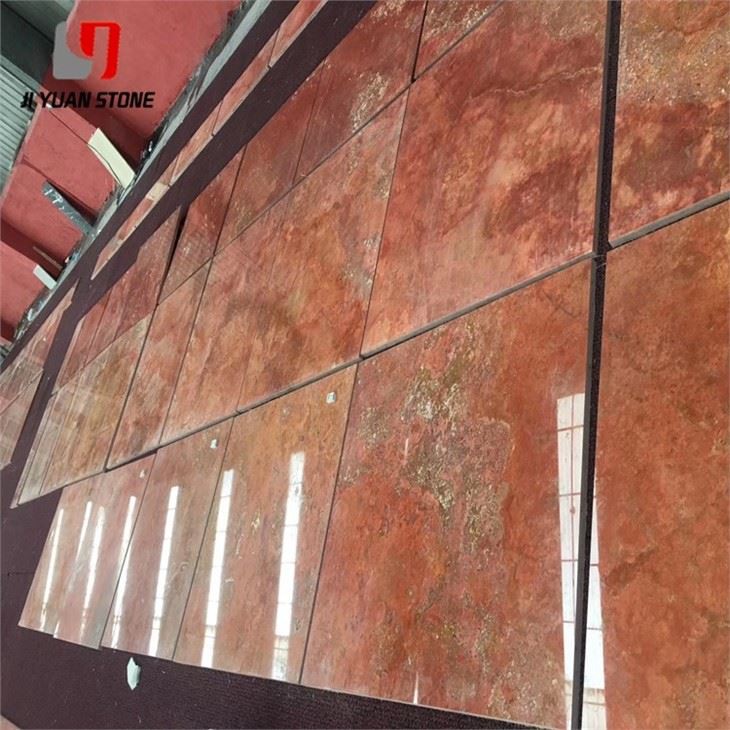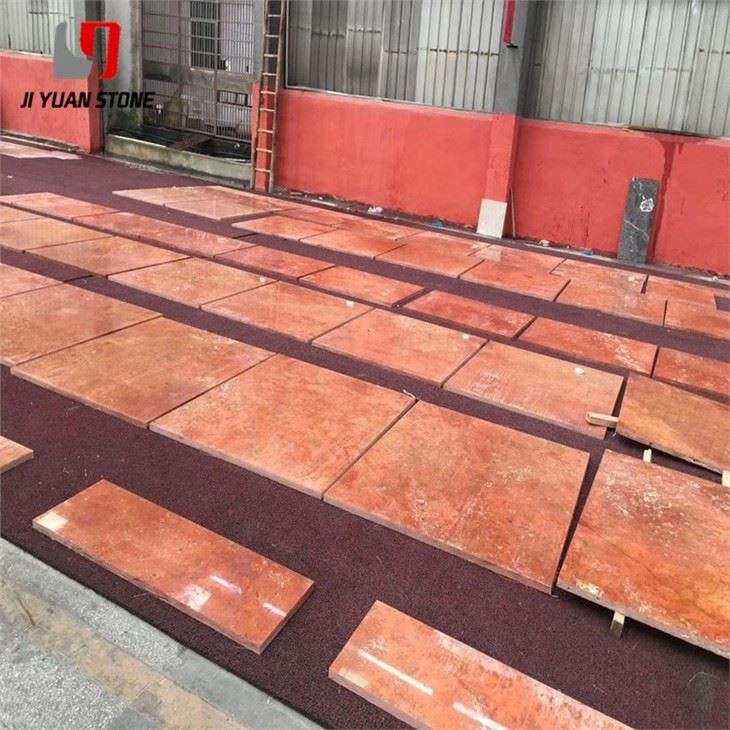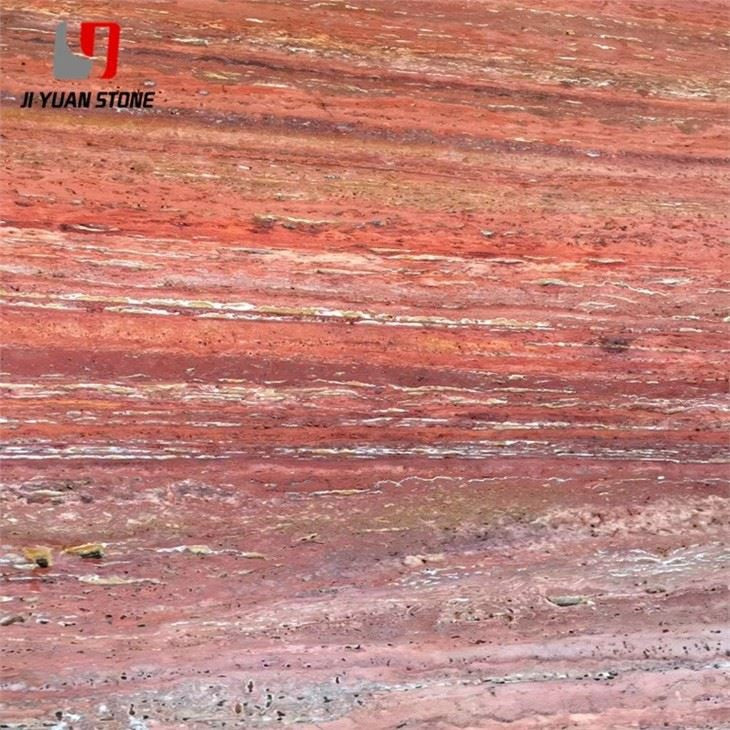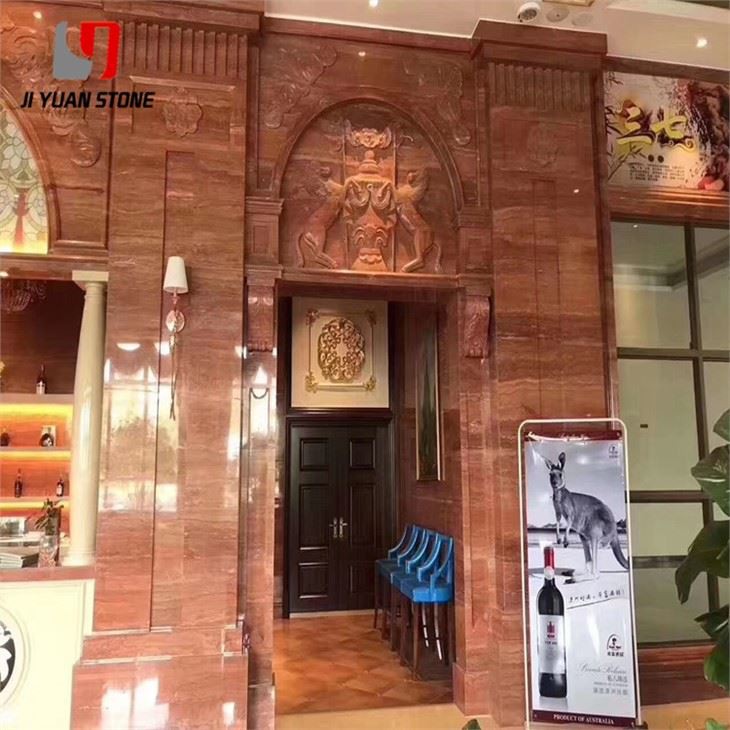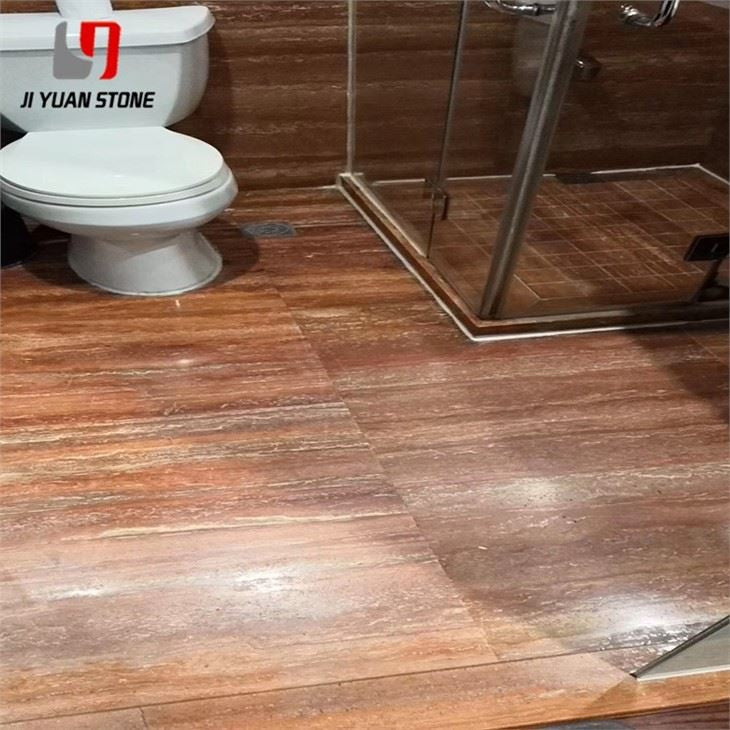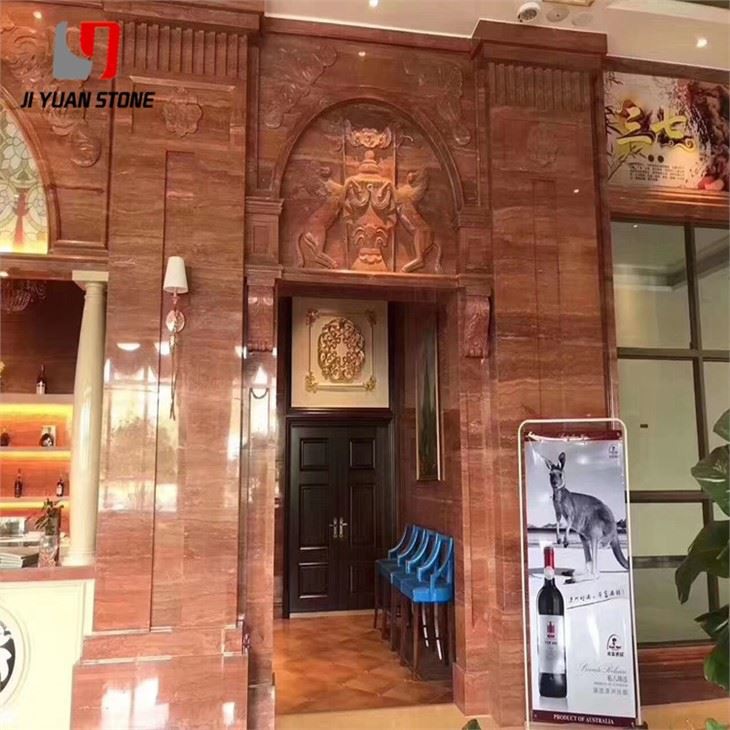Large Travertine Tile
Large Travertine Tile
Large Travertine Tile – Natural Texture, Earthy Elegance & Structural Strength
Upgrade your home with our Large Travertine Tile. Made from premium materials, these tiles offer a durable and stylish solution for your flooring needs. With a variety of sizes and colors available, you can easily create a timeless and sophisticated look in any room.
| Feature | Details |
|---|---|
| Item: | Travertine Tiles, Cut-to-size, Slabs |
| Popular tile size: |
|
| Popular small (half) slab size: |
|
| Popular big slab size: |
|
| Usual Thickness: | 1.0cm, 1.5cm, 1.8cm, 2cm, 3cm, 4cm, 5cm, 6cm etc.. |
| Finished: | Polished |
| Package: | By strong fumigated wooden crates, wooden pallets, wooden bundles, etc.. |
| Samples | FREE SAMPLES will be provided once request |
Create timeless beauty in any space with our large travertine tiles, crafted from high-quality travertine stone and designed to bring a natural, organic finish to your floors, walls, or decorative surfaces. These tiles offer not only size and aesthetic appeal, but also strength and durability, making them perfect for both residential and commercial use.
Each tile is precision-cut to preserve the natural patterns and earthy tones travertine is known for. However, understanding the composition of large travertine tiles is essential to appreciate both their uniqueness and their potential imperfections.
🧪 Impurities & Natural Characteristics of Large Travertine Tile
Among the many factors influencing tile quality, impurities in large travertine tiles play a significant role in determining the stone’s chemical and mineralogical profile. These impurities, while sometimes seen as flaws, contribute to the tile’s uniqueness and raw natural appeal.
However, some impurities can reduce value and performance:
- Brown nodules or gray to dark-gray dolomite streaks can make polishing difficult.
- Siliceous inclusions like silica or chalcedony are hard to cut and may resist polishing.
- Organic matter or green talc may cause fine grooves to form over time.
- Flash cannons, quartzite star flower inclusions, and lens spots are sometimes prized by crystal collectors but may be seen as defects in tiling.
- Tobacco smoke spots, coal-like marbling, and moth-eaten textures (caused by manganese ore dissolution or karst activity) can weaken the tile.
- In climates with high humidity or acidic environments, hidden iron minerals such as microcrystalline pyrite or siderite can oxidize and create yellow rust spots over time.
Though many of these imperfections are visible on the surface and can be visually assessed, some, like iron mineral content, may only reveal themselves during processing or post-installation.
🔍 Quality Assurance & Processing Standards
At Purchase Stones, we thoroughly inspect and carefully process every block used to produce our large travertine tiles. We:
- Select stone with minimal siliceous content to ensure polishability
- Avoid excessive dolomite or iron-bearing inclusions
- Ensure accurate cuts, flatness, and thickness tolerances for easy installation
- Apply pre-sealing (optional) for additional protection against moisture and rust formation
🏗️ Applications
Large travertine tiles are widely used in:
- Living room and kitchen flooring
- Bathroom and shower walls
- Outdoor patios and terraces
- Hotel lobbies and commercial entrances
🌟 Key Features:
- Natural variation in texture and tone for a unique, earthy look
- Available in honed, polished, or tumbled finishes
- Large format reduces grout lines and enhances spaciousness
- Durable and wear-resistant when properly sealed
- Custom sizes available on request
Embrace the natural elegance of large travertine tiles—crafted by nature, refined by experts. Perfect for those who value authentic stone aesthetics with careful attention to quality and durability.
✔️ Global shipping available
✔️ Quality documentation and inspection standards
✔️ Expert customer support for large and custom orders
Share

